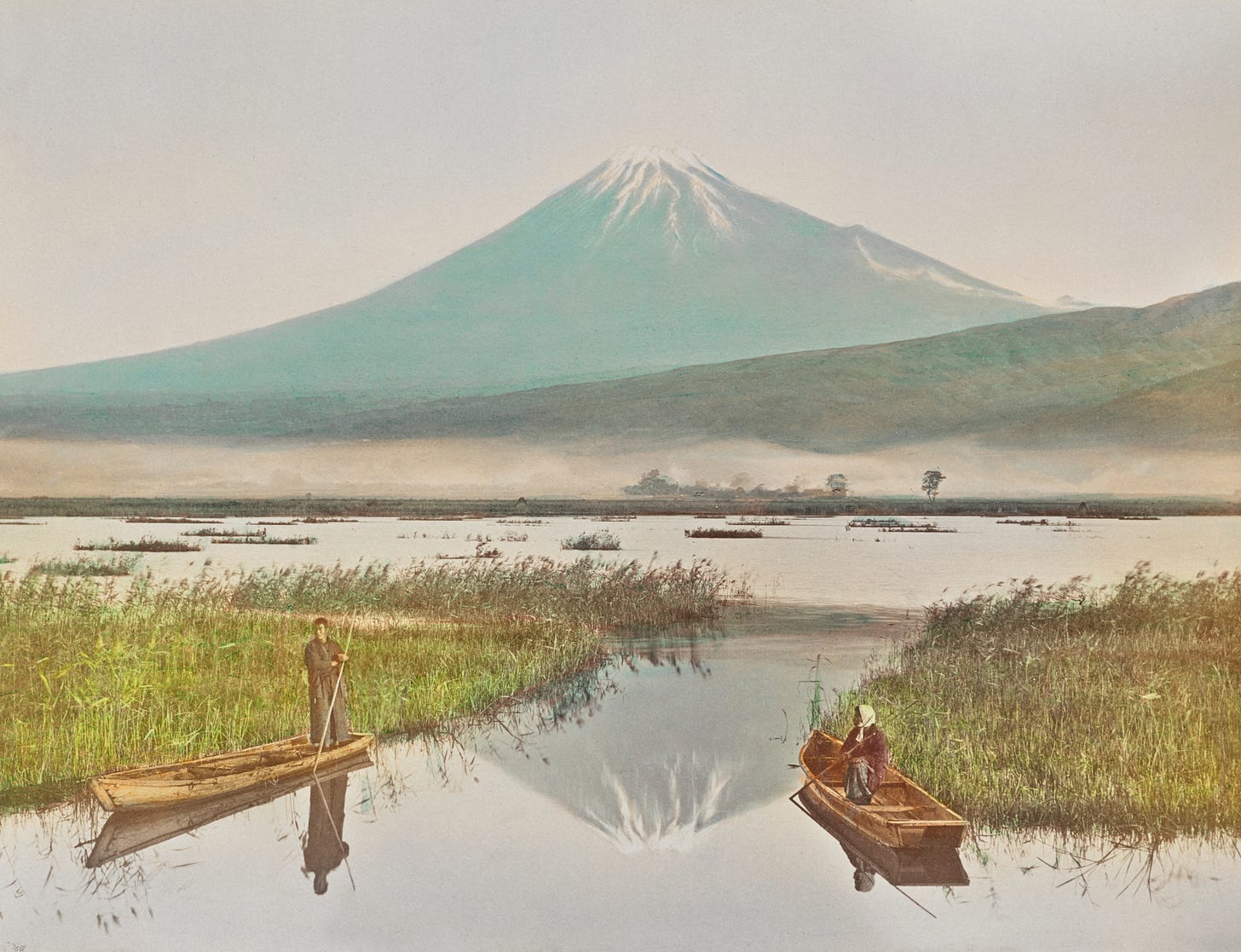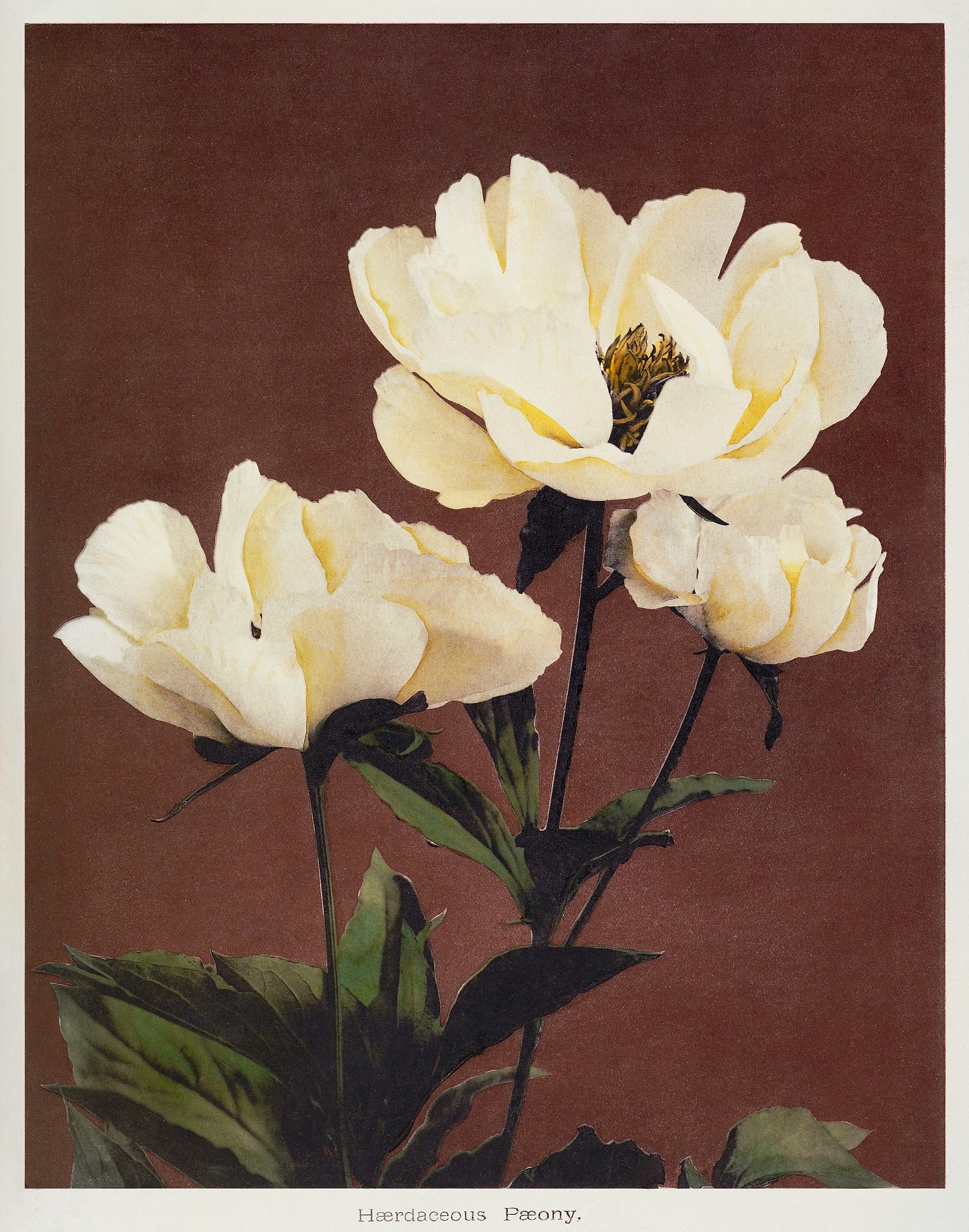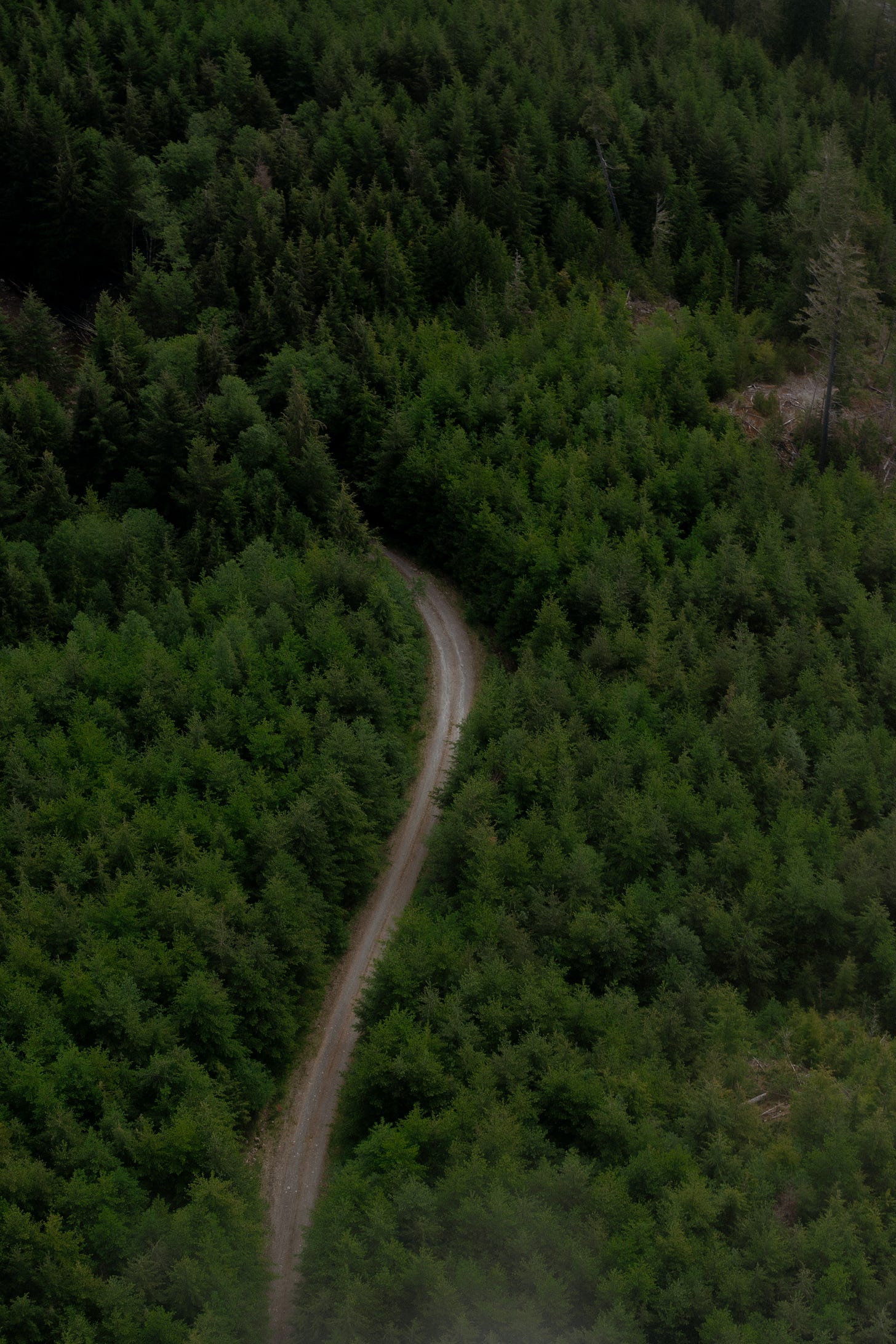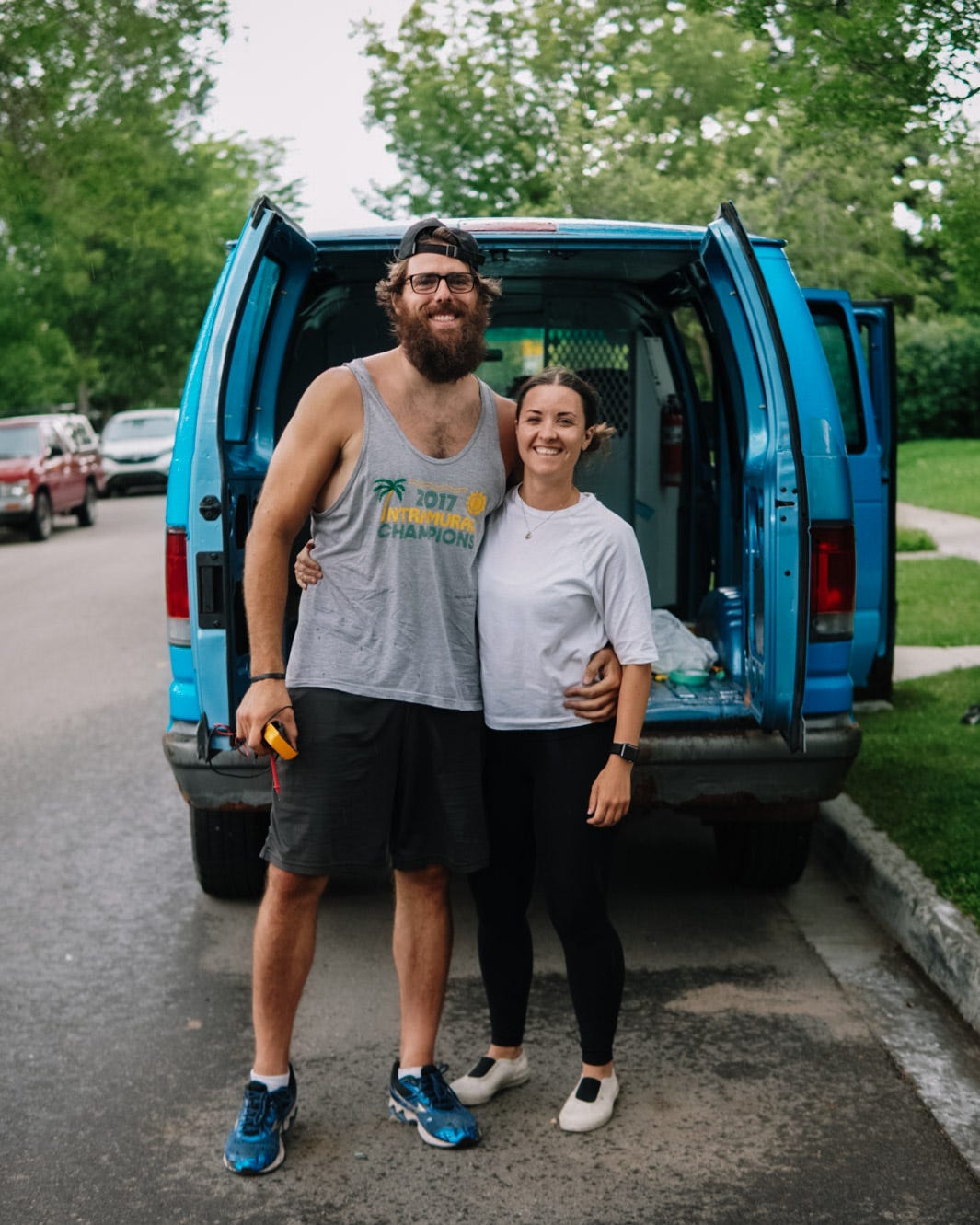Strangling My Art with Neglect
Tend to your creative life as if it were a garden.
With a warm coffee in hand, I took my usual morning stroll around the garden today after a 10-day hiatus. To my dismay, I found my snap peas struggling under the suffocating embrace of morning glory vines. These delicate plants, once upright and thriving, were now being used as a ladder by the invasive climbers. Untangling the snap peas without damaging them seemed nearly impossible.
It was a vivid reminder of how quickly things can change in just over a week of inattention.
As I set my coffee down and tenderly tried to unravel the tangle of weeds I realized this also is happening in my creative life. Just as my garden needs consistent care and discipline, so does my art. Time has a way of slipping by unnoticed. While we are busy being busy, our big [insert your creative expression] is being slowly strangled by neglect.

In my earlier days, I drew and painted regularly. Yet, the current season of my life is dedicated to writing and photography. These forms of expression align closely with the lifestyle I lead. They are portable, adaptable, and easily integrated into my career and everyday routines. From living in a 450 sq foot apartment to moving across the country multiple times, packing a camera is a lot simpler than a painters studio.
As I wandered through the garden, I began to reflect on what elements of my creative self I’ve allowed to wither or be stifled by the metaphorical weeds. It’s clear that my painting and drawing have been the most neglected. This, however, was a conscious choice, a strategic decision to make room for other creative pursuits. But even beyond this, there are other, subtler ways in which my artistic growth has been hampered.
What are the weeds in my artist’s garden? They take various forms: the tendency to overcommit, saying “yes” too often, and leaving little room for spontaneous growth. The habit of picking up my phone to scroll through social media when I should be stepping outside for a refreshing break or a walk. The constant cluttering of my schedule with minor tasks when a larger, more meaningful project awaits my attention.
These are the small, insidious habits that, left unchecked, can overtake the space where creativity once thrived. Just as my snap peas struggle under the weight of the morning glory, my artistic endeavors can be stifled by these creeping distractions. Recognizing them is the first step to reclaiming that space, allowing my creativity to breathe and flourish once more.
Much like my garden, tending to my creative life requires regular attention and mindful care. It’s about striking a balance between nurturing growth and pruning away what no longer serves. And sometimes, it means making the tough decision to let certain things go so that others can flourish.
Once inside I set myself a little journalling task and I invite you to try it also:
What small things can I prune before they overtake my time?
Is there anything overtaking my creative time and attention?
What am I looking to nurture this season?
Photographers You Should Know: Kazumasa Ogawa
Kazumasa Ogawa was more than just a photographer; he was an innovator who revolutionized the art of image capture and reproduction. Born in 1860, his passion for photography guided him into the technical complexities of the medium from a young age. His journey led him from his early studies in Japan to mastering advanced photographic techniques in the United States, where he became an expert in photomechanical printing.
Ogawa's significant contribution to photography was his mastery of the collotype process. This advanced photomechanical printing technique enables the production of images with exceptional detail and tonal range. Ogawa meticulously learned the collotype process in Boston and Philadelphia. It involves creating prints from a photographic image on a specially prepared glass plate. This method yields prints with a fine gradation of tone, making it perfect for capturing the subtle nuances of his subjects.
After returning to Japan, Ogawa used his expertise to establish the "K. Ogawa Printing Factory" in 1889, the country's first collotype business. This enterprise was a significant turning point in Japan's photography industry, allowing Ogawa to demonstrate his technical skills. The labor-intensive collotype method allowed Ogawa to produce images of exceptional clarity and depth. Every print required a detailed procedure, including the meticulous preparation of the glass plate, exact exposure, and hand-coloring of the final print.
Ogawa's floral collotypes, showcased in his renowned works Some Japanese Flowers (1896) and Japan, Described and Illustrated by the Japanese (1897), highlight the excellence of this method. These images are more than just photographs; they are artworks that encapsulate the fleeting beauty of flowers with remarkable precision. The hand-coloring, applied post-collotype printing, infuses a layer of vibrancy and realism, making the flowers appear lifelike.

What is a Collotype?
I had to see how it was all done, so if you are curious, watch this short video!
From Wikipedia:
Collotype is a gelatin-based photographic printing process invented by Alphonse Poitevin in 1855 to print images in a wide variety of tones without the need for halftone screens. The majority of collotypes were produced between the 1870s and 1920s. It was the first form of photolithography.
Personal Work
Aerial photos taken on a historic mail flight on Vancouver Island.
Hey, you made it to the end! I have a secret for you!
Meet Vincent, our trusty blue van. Yes, you guessed it—he's named after Vincent Van Gogh, but we like to call him "Vincent Van-Go."
Vincent joined our family when we decided to move from Alberta to Ontario. Faced with the steep costs of a moving service or a U-Haul, we figured, why not get a camper van and turn moving into an adventure?
Fast forward three years and three provinces later, and Vincent has not only helped us move but also taken us on countless adventures. This blueberry of a van has been our reliable travel buddy through thick and thin.
But then, about a month ago, Vincent was stolen.
While I was in Poland, we got a call from the police: Vincent had been found, just an hour and one town away. We dashed to the scene, hearts pounding, expecting the worst but hoping for the best.
To our relief, Vincent was mostly intact! We drove him home slowly, and despite a few new bangs and bruises, he’s still kicking. We’re now working on getting him back in shape and planning to squeeze a few more adventures out of him this summer—and maybe even a move next year.












Lovely post. I liked your comparison of one’s literal garden with the creative garden within. I also enjoyed being introduced to a new photographer with some of their beautiful work. And, lastly, I smiled when introduced to Vincent (but, of course, was sad for you and Vincent regarding his un-chosen adventure). Thank you!
Thanks for introducing me to Ogawa, I wasn't aware of his work and I find it fascinating!
Love the story of Van-Go too.
We all get creative weeds from time to time, it's how we deal with them that helps us grow as creatives.